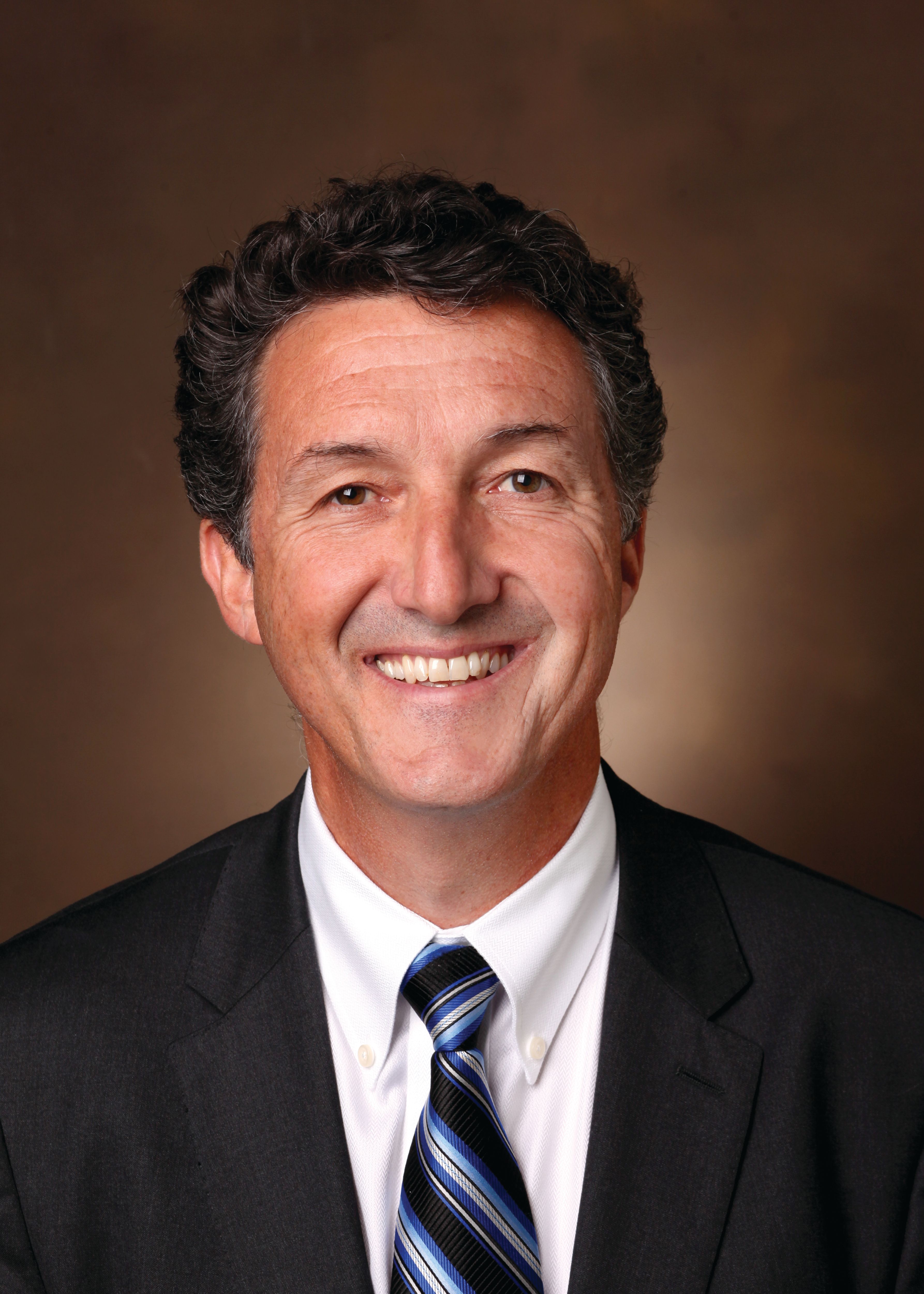- Case-Based Roundtable
- General Dermatology
- Eczema
- Chronic Hand Eczema
- Alopecia
- Aesthetics
- Vitiligo
- COVID-19
- Actinic Keratosis
- Precision Medicine and Biologics
- Rare Disease
- Wound Care
- Rosacea
- Psoriasis
- Psoriatic Arthritis
- Atopic Dermatitis
- Melasma
- NP and PA
- Skin Cancer
- Hidradenitis Suppurativa
- Drug Watch
- Pigmentary Disorders
- Acne
- Pediatric Dermatology
- Practice Management
- Prurigo Nodularis
- Buy-and-Bill
Publication
Article
Dermatology Times
How to create a culture of communication
Author(s):
Expert Galen Perdikis, M.D., offers insights to improve communication, culture and safety in your practice.
Dr.. Perdikis

When something is wrong or perceived to be wrong, people on teams need a psychological safe space to be able to speak up about whatever it is, and that includes healthcare, says Galen Perdikis, M.D., professor and chair of plastic surgery at Vanderbilt University Medical Center, Nashville, Tenn.
“Communication is the most important factor in your success, your malpractice record and your safety profile,” Dr. Perdikis says. “And it is often the last thing you address.”
He often relates the documented failure of communication, or the ability to speak up and stop the line that likely led to the Space Shuttle Challenger explosion on Jan. 28, 1986, to the art of practicing medicine.
“They had been under such pressure with delays,” he says. “The O rings had never been tested below freezing temperature. At that time, there was no ability or resolve to actually ‘stop the line’ and halt the launch.”
Communication is so important because, as earlier data from The Joint Commission confirms, the root cause of sentinel events is lack of communication. The same goes for wrongsite surgery, medication errors and delays in treatment.
“You are the captain, and it is expected that you will have these conversations, and set the standards, systems and procedures for your patient care,” he says. “You need help around you; and if you do not take this on, you will be out on an island by yourself when something occurs.”
This shouldn’t be the case because communication, when paired with evidence-based medicine, creates a culture of safety, Dr. Perdikis says. That’s necessary because in dermatology, there’s a lot going on - doing procedures in clinic, managing pathology specimens, checkouts and timeouts.
“Culture will always triumph over policy, because a culture of safety is the mindfulness by each individual to look for and eliminate risk,” he says. “If, for example, someone is about to perform a procedure but is erring - injecting the wrong product - the culture of safety gives people around the provider the ability to speak up to prevent an error.”
He shares specific recommendations here to bolster that culture, along with this simple equation: Safety = Tech (EBM and Systems) X Culture.
Learn
Physicians suffer from lack of awareness of evidence - most read less than an hour a week, but can suffer from information overload that includes core literature, extended literature and critical evaluation.
“Know the data and apply the data,” Dr. Perdikis says.
Define
The task at hand may not be defined: What is to be done? When? How? Who? What are resource issues or logistic
issues? A confirmation checklist can really help with this - the same type used by pilots pre-takeoff. And remember that you are responsible for the systems, so please don’t multitask.
Produce
Dr. Perdikis cites the Toyota production system with its emphasis on continuous improvement, solving root problems, i.e., “Go and see for yourself,” and the belief that the right process will yield the right result. It fosters long-term goal focus, develops people and partners, and maintains respect for them.
A comprehensive plan for systems and processes needs a commitment to review and improve: debriefing, error management, double-loop learning or questioning underlying assumptions behind techniques, goals and values, and problem-solving.
Assess
Almost 70% of physicians think they’re above-average communicators, while only 50% rate other doctors’ ability to communicate in the above-average category. How are your communication skills?
Listen
Be present. Physicians interrupt the patient 18 seconds after they’ve begun to speak. Uninterrupted patients need about a minute to complete their “list” statement.
“Physicians have two ears and one mouth, so do more reflective listening,” he says. “That means don’t interrupt, limit what you say, stay focused and breathe, take notes, paraphrase and then reflect. Inquire, but don’t dictate or solve.”
Reflect
Know your hooks, those characteristics or habits of others that may get you stuck and cause you to react negatively.
Give
When things get tough, be generous with “PEARLS,” he says. The acronym, coined by the American Academy on Communication in Healthcare, has five components: partnership, empathy, acknowledgement, respect and legitimization. Try “Let’s tackle this together” for partnership, or use empathy this way: “That must be very difficult.”
Slow
Avoid “too-busy, fast words.” Don’t say: “Why don’t you jump up on the exam table and let me do a quick exam?” Try: “Well, why don’t we get you across to the exam table so that we can do a thorough exam?” You are going to perform the same exam, right?
Prepare
Do work before the work, so others can ask for a clarification or discuss a problem. Having team language supports critical communication about important topics, and helps create a safe environ-
ment with “speak-up-ability” without fear.
Develop a learning system that goes from aim statements to situations resolved, and allow reticent staff to use “sticky notes.” Work on team behaviors, such as a plan to move forward in huddles, and a reflection period that includes debriefing, along with handoffs and safe behaviors.
Admit
To promulgate the culture of safety, discuss errors or near misses: Was it the system or the behavior? Individual behavior choices include human error, risky, or reckless behavior. Recognize black holes and brain squirrels.
“These are those things that negatively impact you staying present in the here and now - thoughts that you ruminate over,” says Dr. Perdikis.
Now, you’ll be less likely to say, “What we have here is a failure to communicate.”







